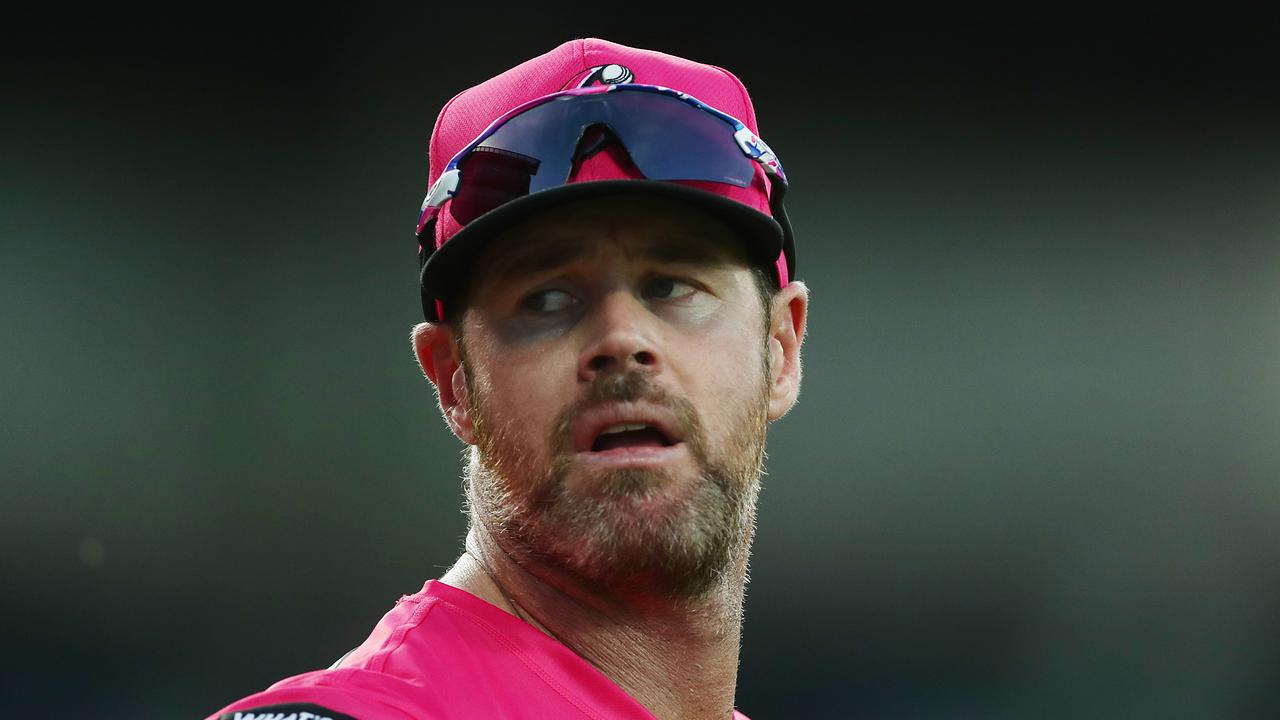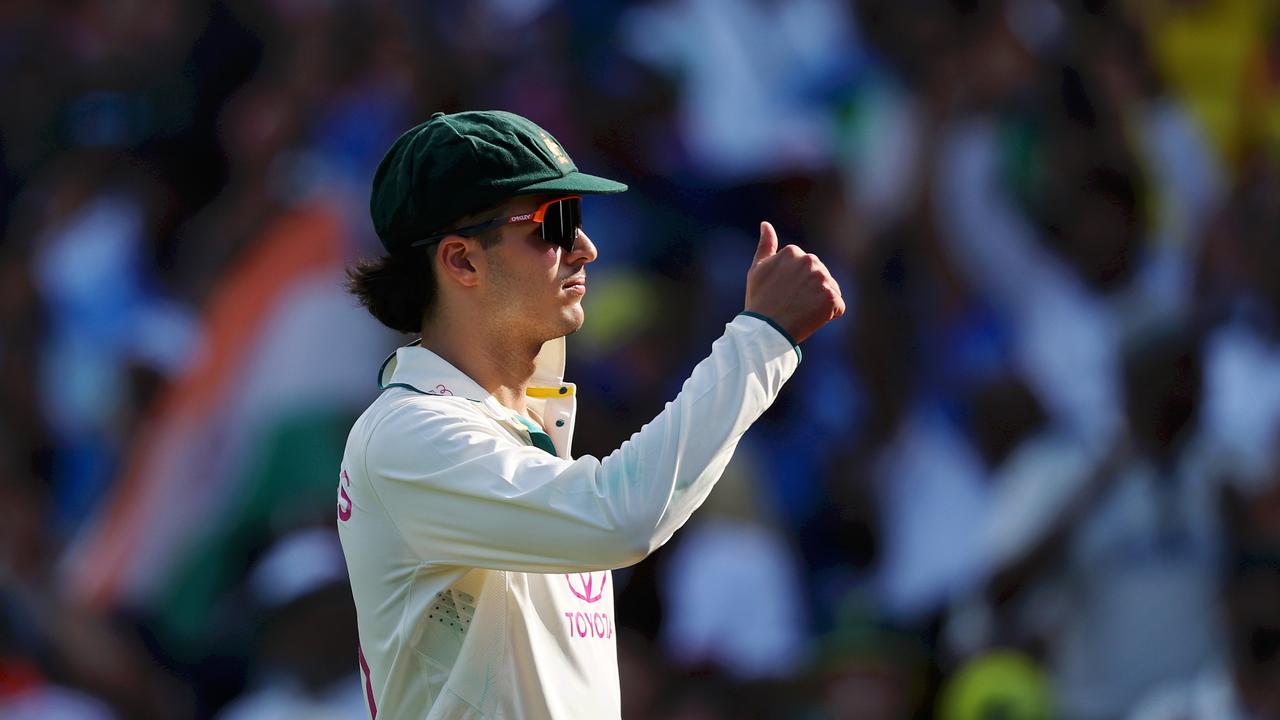Australia’s swimming team is getting older each year, and the head coach believes that’s great for our Olympic hopes

- by Admin
- June 9, 2024
A group of champion 30-something swimmers is preparing to overturn the Australian team’s traditional youth focus as the generations collide at the Olympic trials in Brisbane.
For the first time in history there may be as many 30-plus swimmers as teenagers on the Australian team for the Paris Olympic Games next month.
There will be six high-profile veterans in contention at the trials, all world or Olympic champions – Cate Campbell (32), Emily Seebohm (31), Bronte Campbell (30), Emma McKeon (30), Mitch Larkin (30) and Cam McEvoy (30).
The average age of the Australian swimming team has been steadily increasing since the 1990s, from 21.5 years in Sydney (2000) to 22 years in London (2012) to 23 in Rio (2016) and 23.5 in Tokyo (2021). That trend seems certain to continue for Paris.
The swim team, once filled with fresh-faced youngsters, is aging, and that is “a good thing” according to national head coach Rohan Taylor. He said intergenerational competition has helped to lift the standard of the national team in recent years, as evidenced by record medal returns at the Tokyo Olympic Games and last year’s world championships in Fukuoka.
The increasing pressure to perform, created by the presence of contenders aged from 15 to 32, will make the Olympic trials “pretty cutthroat”, Taylor said.
The teenaged hopefuls have always been there, but the mature cohort is a recent trend. Athletes like Kieren Perkins and Susie O’Neill retired at 27, and Ian Thorpe was just 23 when he stepped away from the pool.
“I think it’s happening because there’s a real focused effort on trying to allow athletes to stay in the sport longer through the support we put around them,” Taylor said.
“Gina Rinehart’s support is really important to it, combined with how much we invest into the (training) program environments to provide that level of support. Also, the fact that the calendar has so many racing opportunities, that it’s OK for an athlete to take a year off, and then they can come back and get back into international racing well before the Olympics roll around.”
No Australian swimmer had gone to more than three Olympics until breaststroke champ Leisel Jones (coached by Taylor) went to her fourth in London in 2012, having taken a season off after winning gold in Beijing in 2008.
Of the current crop, both Cate and Bronte Campbell took a year off after Tokyo, as did McEvoy, while Seebohm had a baby last year. Cate Campbell and Seebohm are now aiming for a record fifth Olympics, while Bronte Campbell, McEvoy and Larkin are looking for a fourth.
“Once upon a time if you took 12 months off, good luck getting back in,” Taylor said.
“I think we need to just continue to show those stories and say it’s possible, because we want you to stay in and we want you get the most out of your career.”
World 50m freestyle champion McEvoy was very close to quitting after what he described as a “seven-year slump”, sparked by his under-performance at the 2016 Rio Olympics, where he arrived as the number one seed in the 100m freestyle.
It was either retire or reinvent his training to give himself a fresh perspective on the sport. He chose option two and is convinced that the traditionally unforgiving training component of elite swimming has shortened other swimmers’ careers.
“It’s just so gruelling, even a sprint program — 20,000 metres a week is considered low,” he said.
“It’s a slog — 10k is a marathon in swimming and the baseline for sprints is two to five marathons every week for over a decade, and gym on top of that. You get into the late 20s and 30s, you start to think about starting a family and moving on with life and it’s a lot.”
Under the new regime he adopted two years ago, his mileage in the pool has been cut to less than a tenth of his previous program. He estimates that he does no more than two kilometres a week in the pool now.
“It’s pretty wild, from where I started to where I am now … I’m proud of how I’ve stuck to it, persisted and found some path to get through to where I am now,” he said.
Both McEvoy and Larkin have sought renewal in their training programs throughout their careers, and prioritised their education outside the pool, as an outlet from the demands of their sport.
“It’s tough, the toll swimming takes on your body,” Larkin said.
“I probably never realised or appreciated, you know, five or 10 years ago. (Now) I wake up sore, so I’ve had to adjust how my training is.’
“I have changed programs a few times, and I also think that generates a lot of freshness and energy because you’ve got to learn a new environment, new coaches, new squad. So I actually think that has been a really good stimulus for me to keep in the sport.
“The other thing is both of us have always found interests outside of the sport. Swimming is something that we do, it’s not who we are. I know what I love outside of sport, and if I was to retire right now, I know exactly what I’d be doing, and I think Cam is quite similar.”
Larkin also points to Rinehart’s financial support as a critical factor.
“In swimming you can be successful at quite a young age, and financially you can be ahead of your peers, but when you reach your late 20s or even 30s and people have more corporate jobs or other professional jobs, you see that shift a little bit,” he said.
“Now that balance is a little bit more even and it means you can stay in the sport a little longer and create a life. You don’t want to live with mum and dad, and be relying on the bank of mum and dad, and so I think that certainly helps.”
Taylor agrees that encouraging the swimmers’ personal and professional development outside their sport contributes to their longevity in the sport, and that is to the benefit of the national team.
“I think it’s important to have experience in the room,” he said.
“(But) the one thing that determines whether you’re on the team or not is performance, so you’ve got to be swimming fast. It’s not like you are going to be gifted a spot, so you still have to perform.”
At the same time, Swimming Australia’s high performance team must make sure there are pathways for younger swimmers to push up into the elite level, although they may have to wait a year or two longer to reach the national team than they have in the past.
Taylor said someone like world junior 100m freestyle champion Olivia Wunsch, now 17, would be on the national team “in any other country” but she has only an outside shot of Olympic selection for Australia this year due to the quality of the sprinters above her in the pecking order.
The two teenaged backstrokers who won medals at the world championships in Doha in February, Iona Anderson and Jaclyn Barclay, will have to oust either the reigning Olympic champion Kaylee McKeown or the former world champion and Olympic medallist Seebohm to secure a ticket to Paris.
Taylor is unapologetically delighted that it will be harder for swimmers to qualify for the Paris Olympics.
“Our whole youth program, our pathways program, is all about preparing the next generation to be better than the current generation — better prepared from a performance point of view, better prepared from a holistic point of view, so that we’re creating that upward pressure,” he said.
The pressure creates diamonds, and Dolphins.
Sports content to make you think… or allow you not to. A newsletter delivered each Saturday.
The Latest News
-
January 8, 2025Max Homa claps back at New York sports radio legend Mike Francesa for his TGL take – Australian Golf Digest
-
January 8, 2025Tiger Woods has the greatest shot in TGL history—and he hasn’t even played yet – Australian Golf Digest
-
January 8, 2025Sony Open picks 2025: Another amateur is poised for a PGA Tour breakthrough – Australian Golf Digest
-
January 8, 2025Lydia Ko becomes youngest Dame in modern history
-
January 8, 2025Australian Open Outsiders Odds: 7 To Watch From Men’s And Women’s Singles





